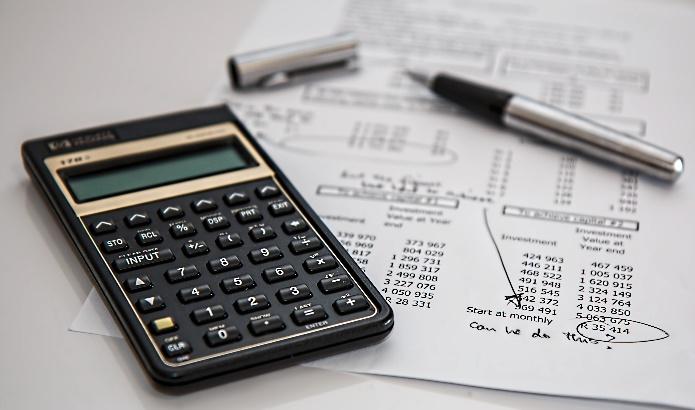v\:* {behavior:url(#default#VML);} o\:* {behavior:url(#default#VML);} w\:* {behavior:url(#default#VML);} .shape {behavior:url(#default#VML);} Normal 0 false false false false EN-US X-NONE X-NONE /* St
Module 2 - Case
PRESENT VALUE AND BOND VALUATION
Assignment Overview
This assignment is in a different direction than your Module 1 Case in that it is mostly computational in nature. Before starting this assignment, work through some of the examples in the background readings to make sure you understand all of the steps involved in future value and present value, including use of present value formulas to compute the value of a bond.
Case Assignment
Please download the Case 2 Template. You will type your answers into this document. Save the document with your last name and submit to the dropbox. Note that you will get partial credit if you show your work even if the answers are incorrect.
Compute the future value for the following:
$2,000 after being invested for two years in a savings account with 3% interest rate
$5,000 after being invested for ten years in a savings account with a 1% interest rate
$3,500 after being invested for nine years in a savings account with an 11% interest rate
Compute the present value for the following:
$3,000 to be paid in one year with a 9% discount rate
$3,000 to be paid in three years with a 9% discount rate
$4,000 to be paid in ten years with a 5% discount rate
Compute the present value for the following:
An investment that will pay you $1,000 in one year, another $1,000 in two years, and a third payment of $1,000 in three years (e.g., three payments of $1,000 to be paid once a year for three years). The discount rate is 4%.
The same three $1,000 payments as in part a) above, but with a 6% discount rate
An investment that will pay you $2,000 in one year, another $1,500 in two years, and a third payment of $3,000 in three years. The discount rate is 4%.
Compute the value of the following bonds assuming a 3% discount rate (required rate of return):
A zero-coupon bond that pays $1,000 in five years
A bond that pays $1,000 in five years, with five annual coupon payments of $20 each
What is the coupon rate if coupon payments are $20 per year? At what discount rate would the value of the bond be “at par” (e.g., be worth $1,000?). Explain your reasoning.
This part of the assignment is purely conceptual with no computations required. Explain the following with references to the required readings:
What is likely to happen to interest rates if the rate of inflation suddenly increases?
Suppose there are two bonds each with coupon payments of $50. The first bond pays $1,000 in five years, and the other one pays $1,000 in ten years. If interest rates increased, would the value of the bonds increase or decrease? Which of the two bonds would have their value change more after the increase in interest rates? Explain your reasoning.
Assignment Expectations
Answer the assignment questions directly.
Stay focused on the precise assignment questions. Do not go off on tangents or devote a lot of space to summarizing general background materials.
For computational problems, make sure to show your work and explain your steps.
For short answer/short essay questions, make sure to reference your sources of information with both a bibliography and in-text citations. See the Student Guide to Writing a High-Quality Academic Paper, including pages 11-14 on in-text citations. Another resource is the “Writing Style Guide,” which is found under “My Resources” in the TLC Portal.



